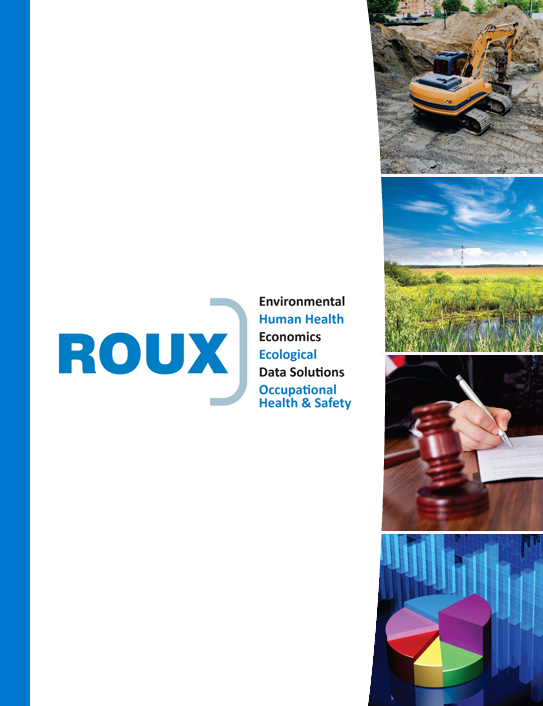Stormwater Management at Brownfields Sites: How Green Infrastructure can Help
Green infrastructure is a proven, cost-effective, durable, and adaptable method for stormwater management at brownfields sites. Section 502 of the Clean Water Act defines green infrastructure as “…the range of measures that use plant or soil systems, permeable pavement or other permeable surfaces or substrates, stormwater harvest and reuse, or landscaping to store, infiltrate, or evapotranspirate stormwater and reduce flows to sewer systems or to surface waters.”
Stormwater runoff never travels alone; the runoff picks up pollutants found lingering on rooftops, pavements, streets, and other impermeable surfaces as it travels into sewer systems and ultimately discharges into nearby bodies of water. At a brownfields site, improperly managed stormwater runoff can result in the spreading of contaminants, increased remediation cost, and regulatory enforcement.
Green infrastructure treats stormwater at its source by filtering stormwater and pollutants using soil and plants, allowing stormwater to infiltrate into the ground at the location of rainfall rather than being funneled into the sewer system. In a study of 5 urban communities, green infrastructure at brownfields sites was shown to result in both a significant reduction of pollution in stormwater runoff and an overall decrease of stormwater runoff. Green infrastructure can also result in lower capital costs for developers and municipalities, in addition to higher land values after successful implementation.
Due to the wide variety of contaminants and mobility of these contaminants at brownfields sites, the implementation of green infrastructure must be carefully evaluated in a site-specific context to properly address the goals of stormwater management for remediation and site reuse. Implementation of green infrastructure at brownfields may include capping or other containment methods to limit contaminant spread while still providing appropriate stormwater infiltration and management. Numerous sources of funding for green infrastructure are available at the national, state and local levels for homeowners, industry, government organizations and nonprofits.
If you have any questions, or would like additional information, please click on the button below.
